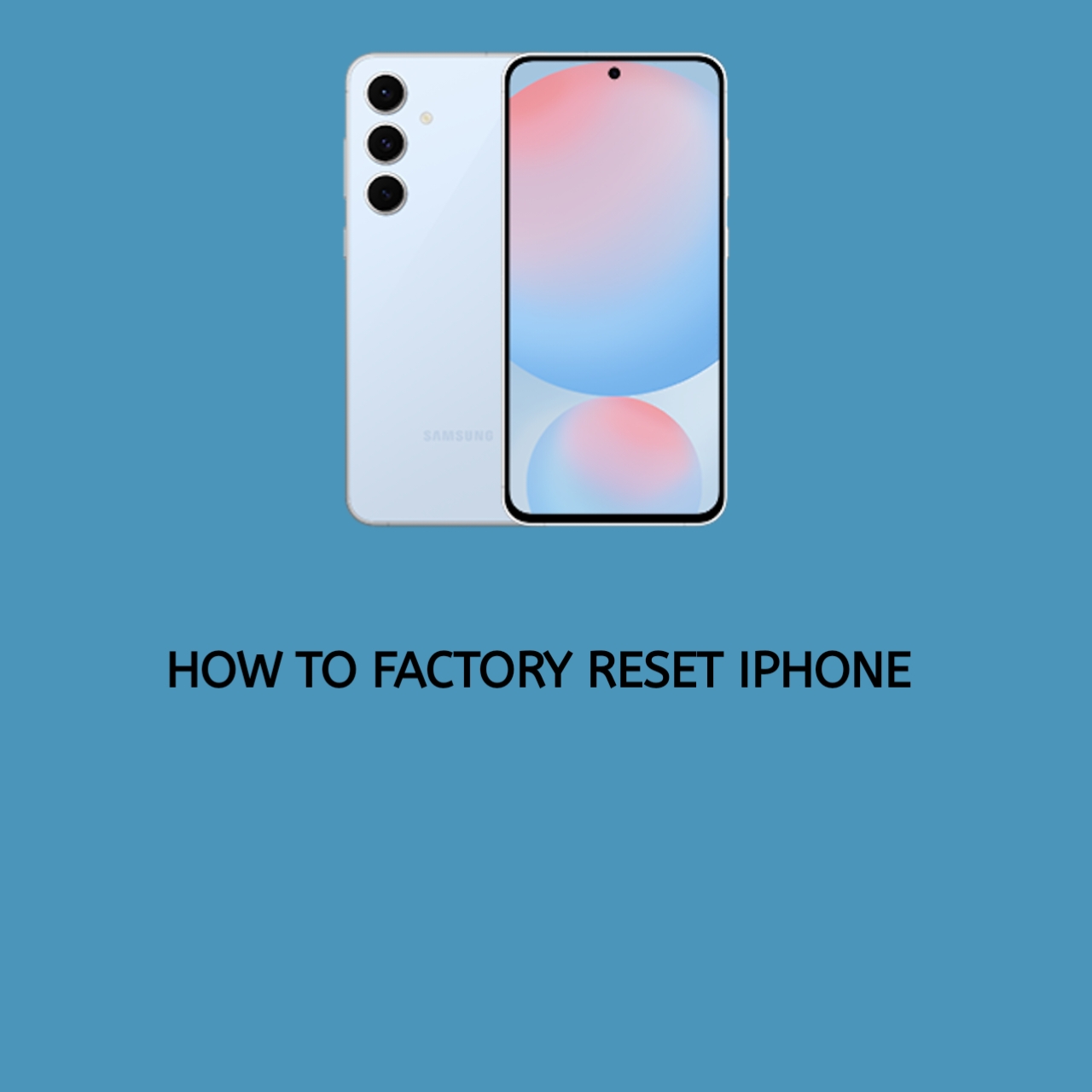Factory resetting your iPhone is a straightforward process that erases all your data and settings, restoring the device to its original state. This step is often necessary when troubleshooting persistent issues, preparing to sell or trade your phone, or ensuring personal data is wiped clean. However, it’s crucial to back up your data beforehand to avoid losing valuable information.
What Happens When You Factory Reset an iPhone?
When you factory reset an iPhone, all data, apps, and personalized settings are erased from the device. It will return to its original state, just as it was when first unboxed. However, any iOS updates installed on the device will remain. A factory reset is permanent and cannot be undone, so backing up your data beforehand is essential.
Steps to Factory Reset an iPhone via Settings
Follow these simple steps to reset your iPhone directly from the device:
- Open the Settings app.
- Tap General.
- Scroll down and select Transfer or Reset iPhone.
- Tap Erase All Content and Settings.
- Enter your passcode if prompted.
- Confirm your decision and wait for the process to complete.
Once the reset is done, your iPhone will restart, and the setup screen will appear.
How to Factory Reset an iPhone Using a Computer
If you prefer or need to use a computer to reset your iPhone, follow these instructions:
For Mac Users:
- Connect your iPhone to the Mac using a cable.
- Open the Finder app.
- Select your iPhone under the “Locations” sidebar.
- Click Restore iPhone and follow the prompts.
For Windows Users:
- Download and install the latest version of iTunes.
- Connect your iPhone to the PC using a cable.
- Open iTunes and click on the device icon.
- Select Restore iPhone and follow the on-screen instructions.
How to Back Up Your Data Before a Factory Reset
Before resetting your iPhone, make sure to back up your data to avoid losing important files. Here’s how:
Using iCloud:
- Open Settings and tap your name.
- Select iCloud, then tap iCloud Backup.
- Tap Back Up Now and wait for the backup to complete.
Using a Computer:
- Connect your iPhone to your computer.
- Open Finder (Mac) or iTunes (Windows).
- Select your device and click Back Up Now to create a local backup.
Things to Check Before Factory Resetting
- Ensure the device is fully charged or connected to a power source.
- Disable Find My iPhone by going to Settings > Your Name > Find My > Find My iPhone.
- Verify that your iCloud backup is complete or create a local backup using a computer.
Common Problems and Troubleshooting Tips
If you encounter issues during or after a factory reset, here are some solutions:
- Reset Option Grayed Out: Ensure you’ve turned off Find My iPhone and signed out of iCloud.
- Stuck on Apple Logo: Force restart your iPhone and try again.
- Computer Errors: Update your macOS or iTunes to the latest version and retry the process.
When to Avoid Factory Resetting
Avoid factory resetting if your iPhone’s issue can be resolved with simpler solutions, such as restarting the device, clearing storage space, or updating to the latest iOS version.
FAQs
Does factory resetting remove viruses or malware? Yes, a factory reset removes most malware or viruses by erasing all data and settings.
Can I factory reset an iPhone without a passcode? You’ll need your Apple ID and password to reset the device. If the passcode is forgotten, use recovery mode with a computer.
Will I lose my iCloud account after a factory reset? No, your iCloud account remains active and can be used to restore your data after the reset.
Can I recover data after a factory reset? Only if you have a backup. Without a backup, recovering erased data is not possible.
Conclusion
Factory resetting an iPhone is an essential tool for troubleshooting, preparing your device for resale, or starting fresh. Always back up your data and disable Find My iPhone before beginning. Follow the steps carefully, and your device will be reset in no time. If you find this guide helpful, bookmark it for future reference or share it with others who might need assistance.
